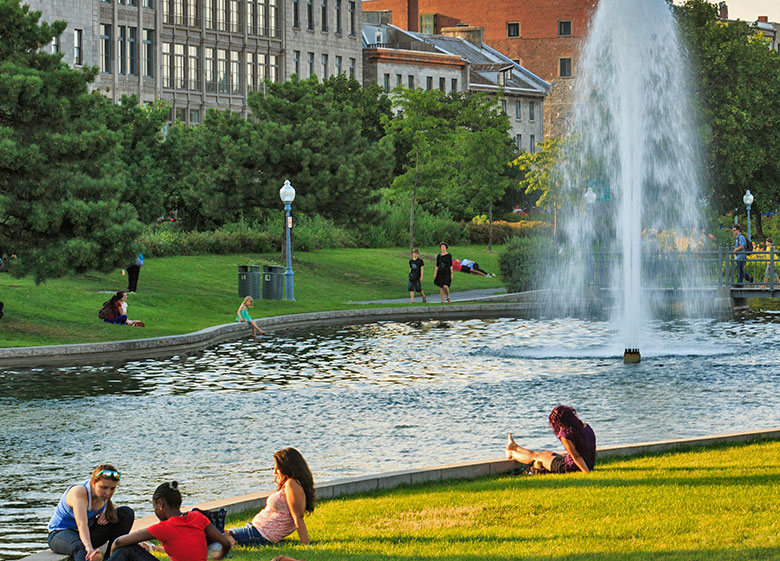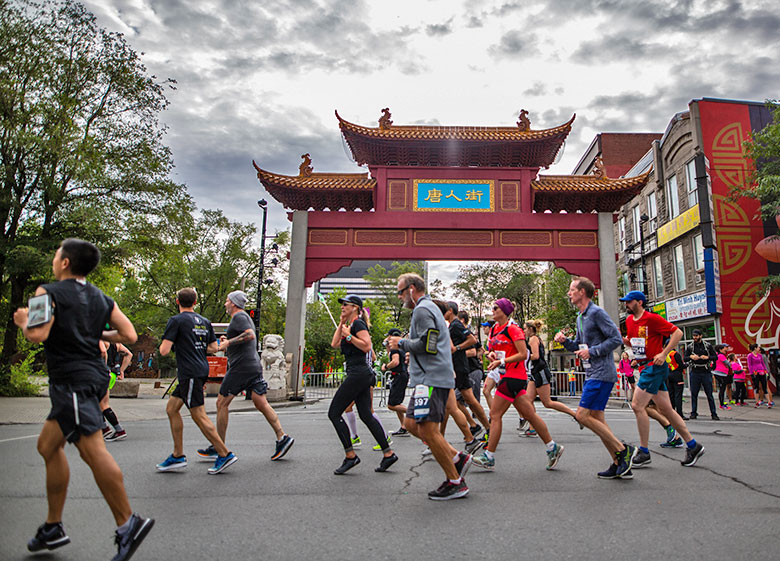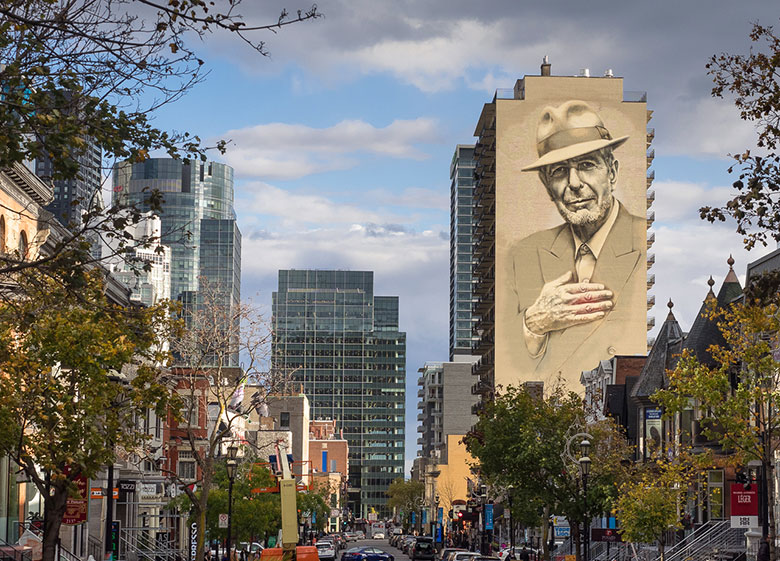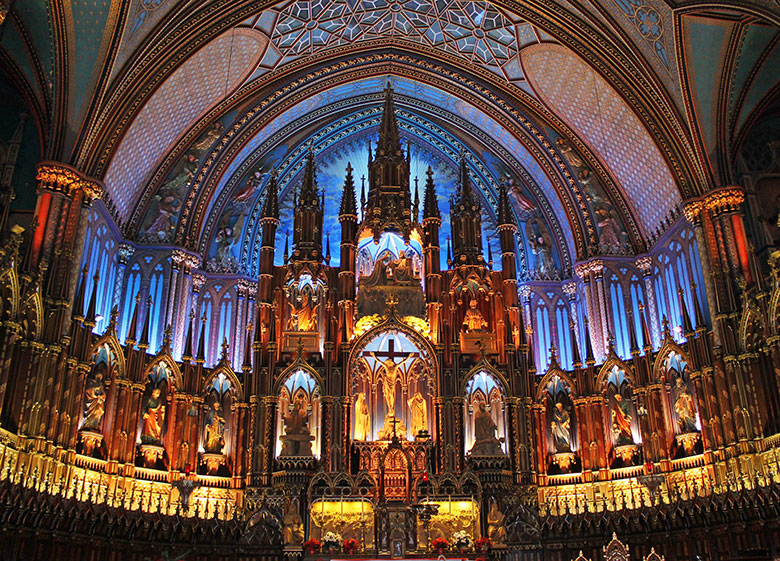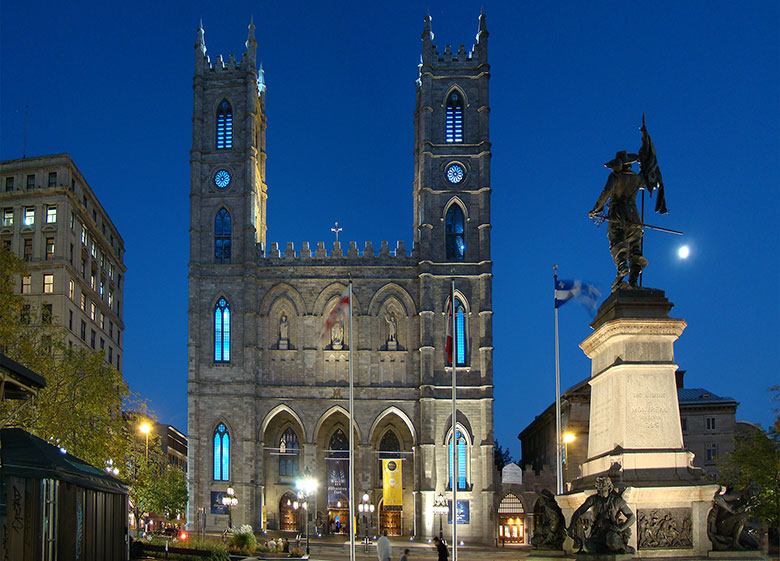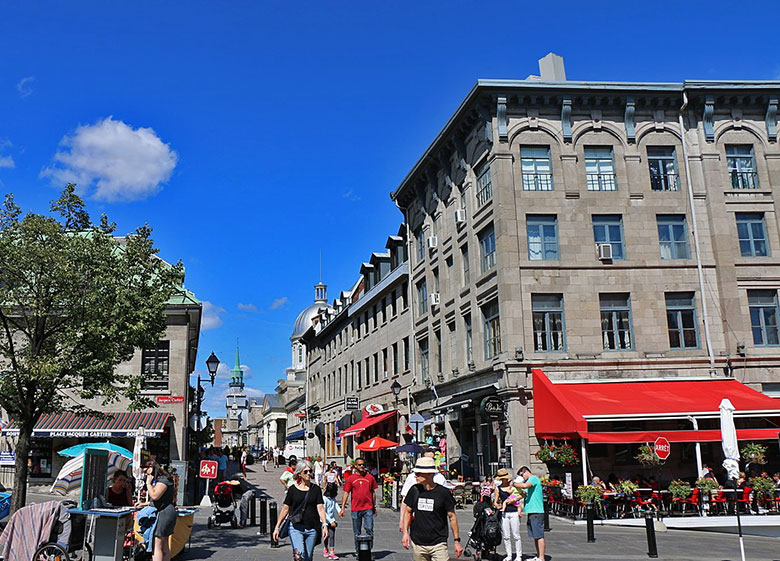35th Annual FIRST Conference | Empowering Communities
Host City INFORMATION
ABOUT MONTREAL
A striking union of European charm and North American attitude, Montréal enchants visitors with a harmonious pairing of the historic and the new, from exquisite architecture to fine dining.
More than 120 distinct ethnic communities are represented in its population of more than 3.6 million, making Montréal a mosaic of cultures and traditions. A world leader in such industries as aeronautics, information technology, and biotechnology, the city has also made significant innovations in medicine, multimedia, the arts and urban planning. Its avant-garde spirit has not gone unnoticed: in 2006, Montréal was named a UNESCO City of Design. It is considered North America’s most popular city to host international events.
Day and night, Montréal pulses with activity. Getting around the city on a day-to-day basis is hassle-free. Its streets, vast parks, underground pedestrian network, and métro system are safe and easy to navigate. The best way to get to know the city is on foot, through any one of its many colorful and vibrant neighborhoods which overflow with markets, boutiques, restaurants and local cafés—diverse expressions of the inhabitants’ joie de vivre.
Montréal is the second largest French speaking city in the world, after Paris. However, most inhabitants are bilingual. Many more speak a third language. In downtown stores, shoppers are often greeted with a confident BonjourHi, a term which is becoming more and more popular, indicating bilingualism.
With its multicultural nature, stunning beauty, unique architecture, and devotion to the arts, the city is a promise of fun and bon-vivre.
THINGS TO DO
Mount Royal is a year-round public park atop a 764’ hill. An observatory at the peak gives way to panoramic views of the city and the forested mountain down below. It’s a beautiful walk (or bus ride) and it’s entirely free of charge. If you get up early enough, you can catch the sunrise from atop Mont-Royal.
Food Tours whether guided or unscripted, are a must-do in foodie Montreal. Culinary classes and good eats await you in the city with the most restaurants per capita in North America. Put on your eating pants and try the poutine!
Old Montreal is the oldest area of the city, an impressive neighborhood that dates to the 17th century. It is home to Montreal’s largest concentration of historic buildings. Wander around the area and see some of the most magnificent buildings, including the Gothic Revival Notre-Dame Basilica. The church sits next to Saint-Sulpice Seminary and faces the Place d’Armes.
Mile End is a small neighborhood filled with trendy boutiques, restaurants, coffee shops and cafés. It is also an artist enclave, with galleries, studios, and workshops. Walk around the neighborhood and shop, eat and sip on coffee. Be sure to stop in at St-Viateur Bagel or Fairmount Bagel; two of Montreal’s most famous bagel shops.
Montreal Underground is a network of underground malls, boutiques and food courts. Not only is it an easy way to zip through the busy neighborhood, but it also is a great way to escape the rain and the cold winter. Passageways connect seven metro stations, with the shops and eateries being in between them. It also links some of the downtown area’s major buildings, like the Central Station, Montreal Exchange, Place des Artes, McGill University and Windsor Station.
Amazing Race Montreal is a self-guided tour that involves solving clues to make your way through the city. This is one of the most unique experiences you can have in Montreal. It is a fun and exciting way to visit some of the city’s top landmarks and a great way to get to know the city. Unlike the show, it is not a race, but a fun way to enjoy the city as its key attractions. And, there are a few themed tours to choose from.
QUICK FACTS
Taxes: There are two applicable taxes in Québec: a federal Goods and Services Tax (GST) of 5% and a Québec provincial tax (TVQ) of 9.975%. A 3.5% accommodation tax is also in effect in Montréal.
Tipping: It is customary to tip restaurant waiters and taxi drivers 15% of the bill, before taxes. Bellhops, porters, doormen, etc. generally receive at least $2 per suitcase or per service rendered. Coffee and food counters often have a tip cup next to the cash register; spare change is always appreciated.
Currency: Canadian currency is the Canadian dollar, which is divided into 100 cents. There are 5, 10, 20, 50 and 100 dollar bills. Smaller coins are 5, 10, and 25 cent pieces as well as of 1 and 2 dollars. Banking and credit cards are also welcome almost everywhere.
Climate During Conference: Summers are warm and humid, with temperatures in the low 80s (°F), but it can get even warmer. June: 75° / 58° High / Low (°F) = 23° / 14° High/Low (C °)
Area Code: 514
Time Zone During Conference: Eastern Daylight Savings Time (EDT) / UTC -4:00
Electricity: In Canada and Quebec, and everywhere in North America, the standard voltage is 110-120 V (with a standard frequency of 60 Hz) rather than the 220 volts used in Europe. European plugs are not compatible with Canadian electrical sockets.
Languages Commonly Spoken: English and French, Montréal is the bilingual capital of Canada.
